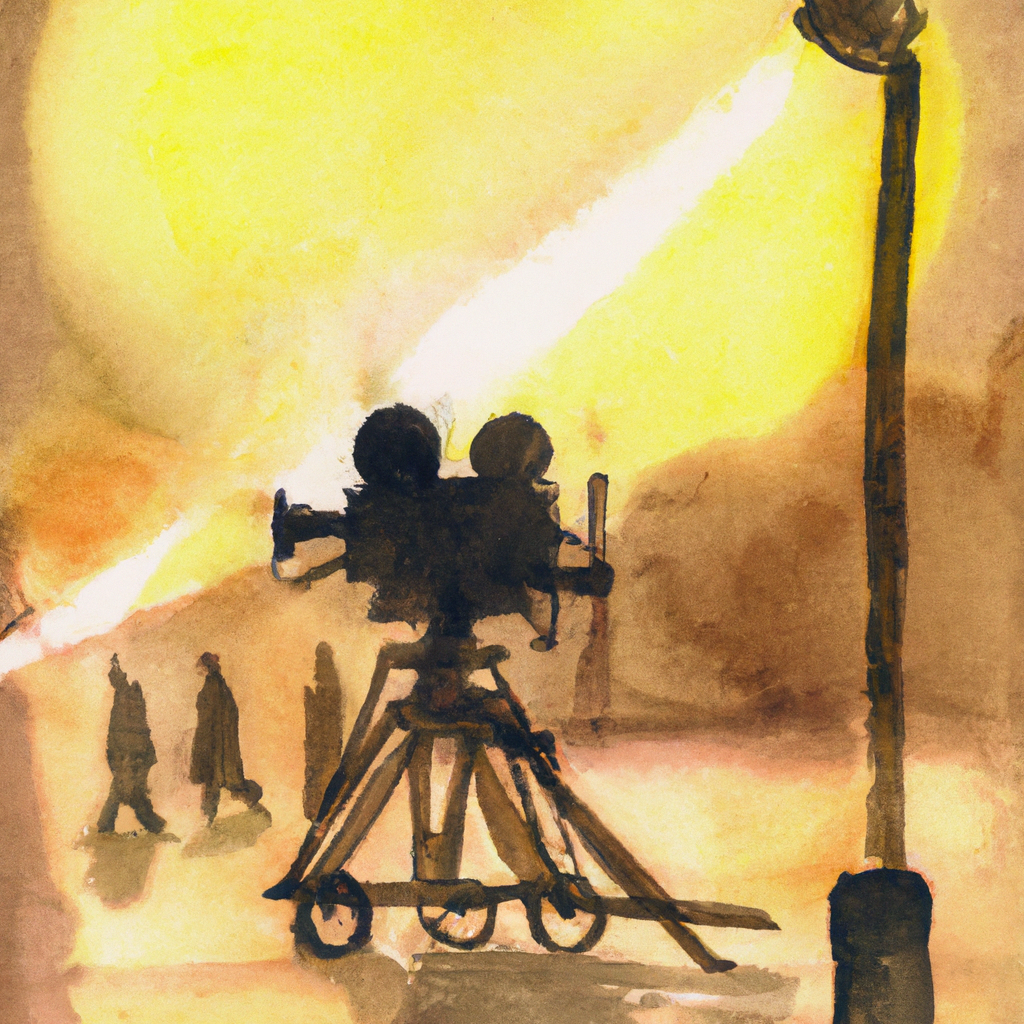The following article has been written by an artificial intelligence algorithm and edited by human beings.
The art of storytelling is as ancient as human civilization itself. Throughout history, people have crafted tales to entertain, teach, and inspire listeners. In the digital era, we have seen an incredible transformation of storytelling, with new tools, platforms, and ways to share stories that redefine how we engage with the narrative. In this article, we will explore how storytelling has evolved in the digital age and the exciting opportunities that lie ahead.
The Digital Canvas – A New Palette for Storytelling
In the past, storytelling was often confined to oral tradition or written works. With the advent of digital technology, storytellers can now create immersive experiences that captivate their audience on a whole new level. The digital canvas provides a vast playground for creative minds, from virtual reality to interactive webcomics.
1.1 Augmented and Virtual Reality
Augmented Reality (AR) and Virtual Reality (VR) technologies have enabled storytellers to transport audiences into their narrative world. Through headsets and mobile devices, users can explore a virtual environment, interact with characters, and even shape the story’s outcome. This level of immersion and agency can create deep emotional connections and a truly memorable experience.
1.2 Digital Art and Animation
The digital era has revolutionized the way artists create and share their work. With software like Adobe Creative Suite and Procreate, it’s easier than ever to produce stunning visuals for storytelling. The rise of webcomics and animated series on platforms like YouTube and Netflix has allowed independent creators to share their stories with a global audience.
Social Media – Where Stories Become Conversations
Social media platforms have become the modern campfire, where people gather to share stories, discuss ideas, and connect. This new form of storytelling emphasizes real-time interaction, allowing dynamic narratives that evolve with audience participation.
2.1 User-Generated Content
Platforms like TikTok, Instagram, and YouTube have given birth to a new generation of storytellers. Users can create short-form videos, often with a personal touch, and share them with millions. This democratization of storytelling has led to diverse voices and perspectives, offering a more authentic view of the world.
2.2 Memes and Viral Stories
Memes and viral stories have become a staple of digital culture. They are often humorous or thought-provoking, and their shareable nature makes them an effective way to spread messages and ideas. The best memes and viral stories engage audiences with a relatable narrative, tapping into shared experiences and emotions.
Interactive Storytelling – The Rise of the Choose-Your-Own-Adventure
Interactive storytelling has become a popular way to engage audiences in the digital era. By giving users the power to shape the narrative, creators can craft immersive experiences that resonate on a personal level.
3.1 Video Games
Video games have long been at the forefront of interactive storytelling. From sprawling, open-world adventures to choice-driven narratives, games allow players to step into the protagonist’s shoes and make decisions that impact the story. This unique combination of gameplay and narrative can create an emotional bond between the player and the characters, making the story more impactful and memorable.
3.2 Interactive Fiction
Interactive fiction is a form of storytelling that allows readers to choose and influence the narrative’s direction. Platforms like Twine and Choice of Games have made it easier for creators to craft interactive stories that can be enjoyed on computers and mobile devices. These stories often feature branching paths and multiple endings, giving readers a sense of agency and encouraging them to explore different outcomes.
The Future of Storytelling – Embracing Artificial Intelligence
As artificial intelligence (AI) continues to advance, it holds the potential to revolutionize the way we create and consume stories. AI-generated narratives, personalized experiences, and collaborative storytelling are just a few possibilities.
4.1 AI-Generated Narratives
Innovative AI algorithms, like GPT-4, have demonstrated an impressive ability to generate human-like text. This could lead to a new era of storytelling, where AI-generated narratives offer unique and engaging experiences. While AI-generated stories might not yet rival the nuance and depth of human-authored works, they could serve as a valuable creative tool or even a source of inspiration for storytellers.
4.2 Personalized Experiences
AI could also create personalized storytelling experiences tailored to individual preferences. Imagine a story that changes based on your emotions, interests, or location. This level of customization could make stories more relatable and emotionally resonant, leading to deeper connections between the audience and the narrative.
4.3 Collaborative Storytelling
AI technologies could facilitate new forms of collaborative storytelling, allowing creators and audiences to work together in real time. Through Twitch and Discord, storytellers could engage with their audience, gather ideas, and even co-create stories. This interactive approach could lead to dynamic, ever-evolving narratives shaped by the community’s collective imagination.
***
The digital era has transformed storytelling, giving creators new tools and platforms to share their narratives. As we embrace the possibilities offered by technologies like augmented reality, social media, and artificial intelligence, the future of storytelling is filled with exciting opportunities. As storytellers and audiences alike, we must harness these new mediums’ power and continue pushing the boundaries of a story.
Written by AI,
Edited by Krishna Rathore and Suranjan Das.
